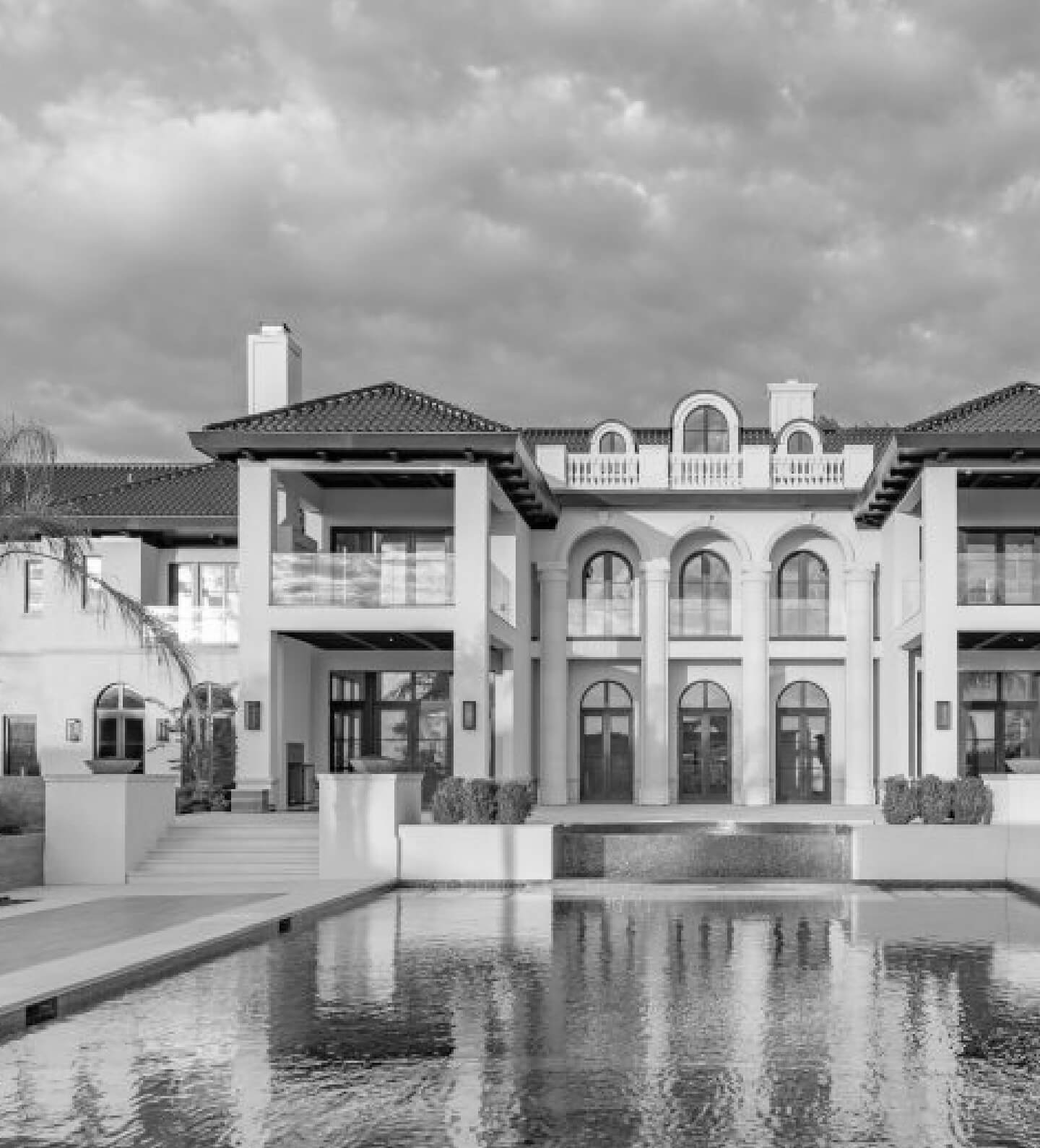One of the best ways to accumulate wealth over time and make money is by investing in real estate. Investing in rental units especially enables property owners to earn constant income from collecting rent from their tenants on a monthly basis. However, not all investments turn a profit. How can you tell whether your investment is paying off or not? You can measure profitability potential by calculating the rate of return on your investment property.
What is Rate of Return?
Also known as return on investment (ROI), rate of return is a formula used to determine the performance of an investment. As a property investor, you need to know the formula for your rate of return to determine the ROI on your rental units. There are four common formulas used to determine which properties are worth investing in, and which are not. These include:
- Internal rate of return (IRR)
- Cap rate (Capitalization rate)
- Cash flow
- Cash on cash return
IRR (Internal Rate of Return)
IRR is used to calculate the estimate of the value your property generates during the period you own it.
(Cash Flow Year 1/(1+IRR)^1 + Cash Flow Year 2/(1+IRR)2 + Cash Flow Year 3/(1+IRR)^3) – Initial Investment=0
Cap Rate
This calculation is used when you want to determine which property will bring better returns when you have two or more similar options. For example, you are looking to invest in a property. You have an option of purchasing property A which has a market value of $750,000 or property B which has a market value of $700,000. Both properties are similar. To calculate the cap rate for each property, you need to find the difference between the annual income and the annual expenses of each property. In this case, property A has an annual income of $85,000 and annual expenses of $50,000 bringing the cap rate to 4.6%. On the other hand, property B has an annual income of $75,000 and annual expenses of $35,000 bringing the cap rate to 5.7%. The higher the cap rate the better. Using this example, property B is a better choice of investment.
Cash Flow
To better understand this calculation let’s use an example. You are looking to buy a home. Your realtor or broker tells you that you will rent the unit for $1,350 per month. You will be responsible for paying $150 every month for water/sewage and garbage. You are also required to make your monthly mortgage payments including taxes, insurance, and vacancy rate. Every property owner is required to set aside some cash for repairs and property management. Let’s say all these expenses add up to around $1,140 per month. To calculate your cash flow every month, you need to deduct all the expenses you incur from your rent return. In this case, it adds up to $210 in profit. This is known as mailbox money or positive cash flow.
Cash on Cash Return
This is the most popular profitability formula in real estate. This is used to determine the profitability of a rental unit if you are using mortgage financing. This is the formula.
Cash on cash return= Annual pre-tax cash flow/Total invested amount If you are looking to invest in a rental property in New Jersey, consult with an experienced real estate agent who will help you locate a profitable investment.













